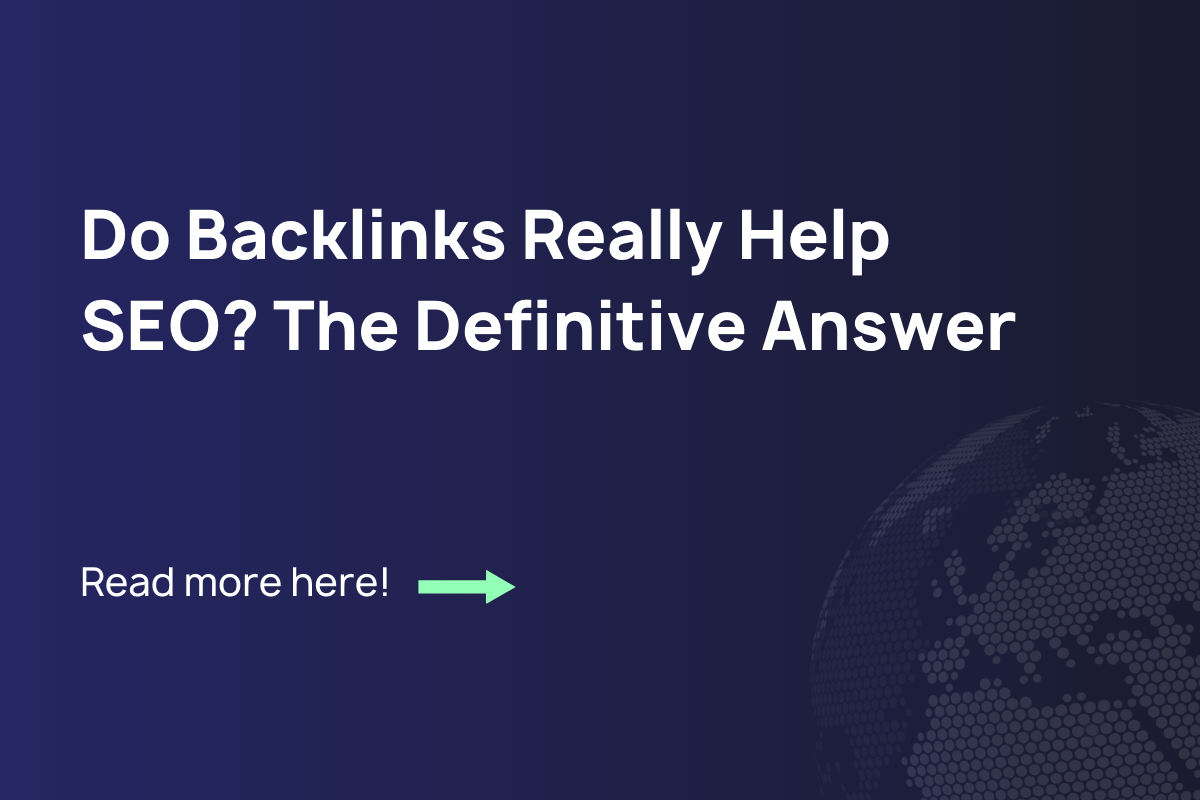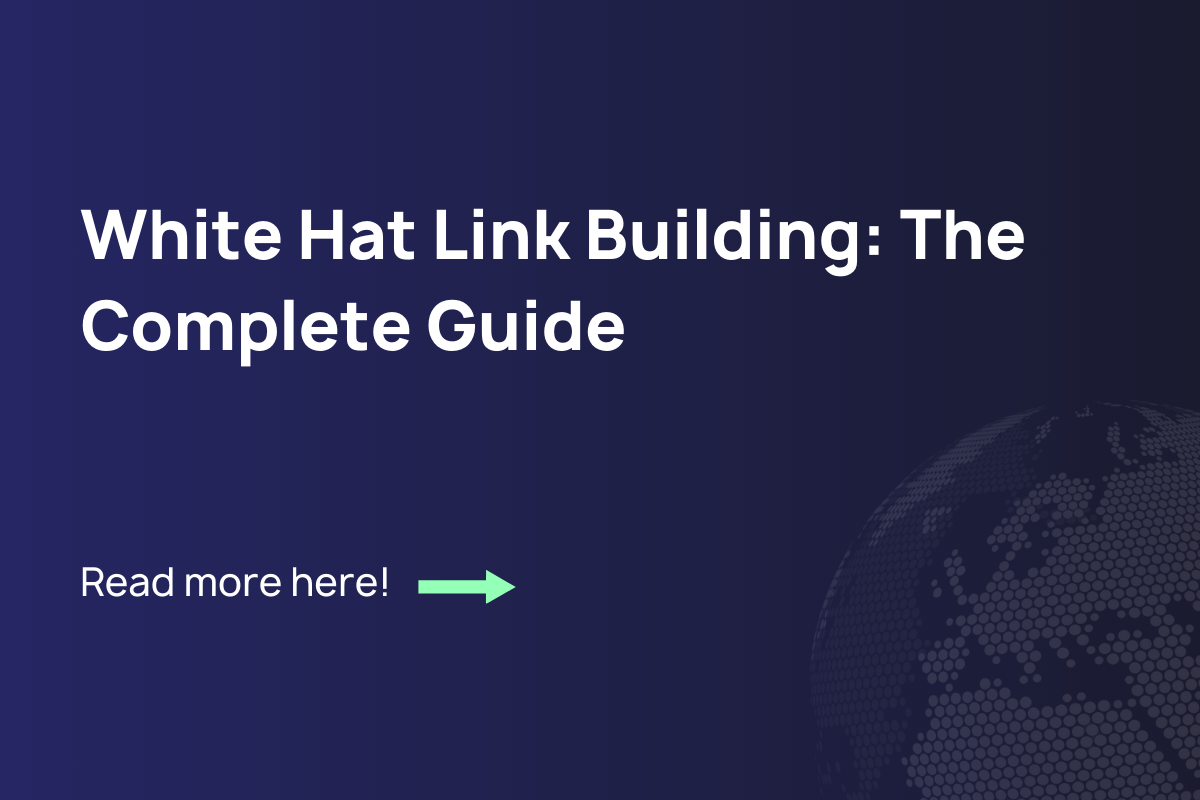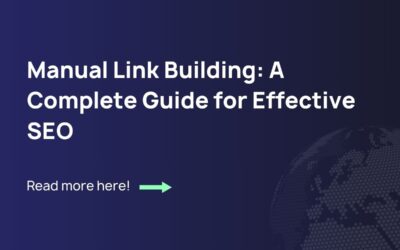What is Tier 2 Link Building?
Tier 2 link building is a strategic SEO approach where you create backlinks that point to pages that are already linking to your website. Think of it as supporting your supporters.
Let’s break this down with a simple visual:
- Your website ← Tier 1 links ← Tier 2 links
In this chain, Tier 1 links are direct backlinks to your website, while Tier 2 links are backlinks to those Tier 1 pages. It’s like networking at a party – you’re not just connecting with people directly, but also with their connections.
I’ve been implementing tiered link building strategies for clients across competitive niches like finance and legal, and the impact on authority growth is consistently impressive when done right. The key is understanding how link equity flows through this network.
What Is Link Equity?
Link equity (also called “link juice”) is the SEO value that passes from one page to another through hyperlinks. It’s essentially how authority and ranking power flows between pages.
Pumping Link Juice
When a Tier 2 link points to your Tier 1 link source, it strengthens that source’s authority. This increased authority then flows to your website through the Tier 1 link.
I compare this to a water pump system:
- Your website is the main reservoir
- Tier 1 links are the primary pipes flowing into your reservoir
- Tier 2 links are secondary pumps that increase water pressure in those primary pipes
A real-world example I witnessed: A client’s guest post (Tier 1 link) was performing moderately well until we directed several quality Tier 2 links to it. Within weeks, the Tier 1 page gained authority, and our client’s rankings improved significantly.
⚠️ Spammy Links Are Never OK
Let me be crystal clear: Tier 2 link building is not an invitation to use spammy tactics. Google’s algorithms have become sophisticated enough to detect artificial link patterns.
Just last month, I analyzed a site that had implemented a low-quality tiered link strategy. The result? A significant traffic drop after a core update. Quality remains paramount at every tier level.
Where to Build Tier 2 Links
The effectiveness of your Tier 2 link building depends heavily on where those links come from. Here are the most viable sources:
Your Other Websites
If you own multiple websites, you can leverage these properties to strengthen your Tier 1 links. However, proceed with caution.
- Ensure the websites are topically relevant to each other
- Maintain unique, valuable content on each site
- Keep linking patterns natural and purposeful
Link Schemes Warning
Remember that Google explicitly warns against “link schemes” – artificial linking patterns designed to manipulate rankings. When using your own websites as Tier 2 link sources, make sure these connections provide genuine value to users.
In my experience working with SEO teams, the businesses that get the most sustainable results are those that prioritize relevance and user value over quick SEO gains.
Directory Links
Quality web directories can serve as effective Tier 2 link sources. The key word here is “quality” – I’m talking about authoritative, relevant directories, not the mass-submission spam houses of yesteryear.
When I was helping a local business improve their SEO, we found that getting their guest post authors listed in relevant industry directories boosted the authority of those guest posts substantially.
Social Bookmark Links
Social bookmarking sites like Reddit, Pocket, and Flipboard can be valuable Tier 2 link sources when used strategically. The key is to share content that genuinely deserves to be bookmarked.
I’ve seen particularly good results when Tier 1 content is genuinely helpful or thought-provoking enough to spark discussion on these platforms.
Press Release Links
Distributing press releases about noteworthy developments from your Tier 1 sources can generate quality Tier 2 links.
For instance, if your Tier 1 link comes from a study or research piece, creating a press release highlighting key findings can attract attention to that original piece, creating natural Tier 2 links.
Guest Posts
Writing guest posts that link to other guest posts (your Tier 1 links) is a sophisticated approach to Tier 2 link building.
- Choose publications with editorial standards
- Create genuinely valuable content
- Make references to Tier 1 content natural and contextual
- Vary your anchor text appropriately
Social Media
Strategic social media promotion of your Tier 1 link sources can generate significant Tier 2 link value.
I’ve found LinkedIn particularly effective for B2B content. By creating thoughtful posts that reference and link to Tier 1 content (like industry studies or in-depth analyses), you can drive both direct traffic and additional linking opportunities.
Link Exchanges
Careful, strategic link exchanges between relevant websites can be part of a Tier 2 strategy, though this requires cautious implementation.
Instead of direct reciprocal linking (which can look manipulative), consider broader networking approaches where multiple sites in related niches reference each other’s best content organically.
Forums
Industry forums and discussion boards can be valuable Tier 2 link sources when approached authentically.
I’ve participated in SEO forums for years, and I’ve seen how thoughtful contributions that reference helpful resources (your Tier 1 links) can drive both traffic and additional links to those resources.
When to Build Tier 2 Links
Timing matters significantly in tiered link building. Here’s when to consider implementing Tier 2 strategies:
How Old is Your Website?
For newer websites (less than 6 months old), I generally recommend focusing primarily on building strong Tier 1 links before expanding to Tier 2 strategies.
In my work with startups, I’ve observed that establishing a solid foundation of direct, relevant backlinks provides more immediate benefits than complex tiered strategies. Once that foundation is in place, Tier 2 approaches become more effective.
How Good are the Links You Have?
Not all Tier 1 links deserve Tier 2 support. Prioritize strengthening your highest-potential Tier 1 links:
- Links from authoritative domains
- Links from topically relevant pages
- Links with appropriate anchor text
- Links from pages with low outbound link counts
- Links from pages that themselves attract links naturally
How to Find Tiered Link Building Opportunities
Finding effective Tier 2 link building opportunities requires strategic analysis and awareness. Here’s my approach:
- Identify your strongest Tier 1 links using tools like Ahrefs, Semrush, or Moz
- Analyze which Tier 1 sources have the most potential for growth in authority
- Research websites that commonly link to content similar to your Tier 1 sources
- Look for content gaps that you could fill with new pieces linking to Tier 1 sources
- Monitor mentions of topics covered in your Tier 1 content
One technique I’ve found particularly effective is to set up alerts for keywords related to your Tier 1 content. When relevant discussions emerge, you can contribute meaningfully while referencing your Tier 1 sources.
Avoid Sharing Too Much Link Juice
Be strategic about which Tier 1 links you boost. If a Tier 1 page links to multiple external sites besides yours, strengthening it might benefit your competitors more than you.
I’ve seen cases where companies inadvertently boosted their competitors by sending Tier 2 links to pages that linked to multiple businesses in their industry. Always analyze the outbound link profile of your Tier 1 sources before investing in strengthening them.
Best Practices for Tier 2 Link Building
To maximize the effectiveness of your Tier 2 link building while minimizing risks, follow these best practices:
Maintain Quality at Every Level
Quality deterioration as you move through link tiers is a common pitfall. Resist the temptation to lower your standards for Tier 2 links.
- Ensure all Tier 2 content provides genuine value
- Maintain editorial standards across all tiers
- Focus on relevance and topical alignment
Diversify Your Tier 2 Sources
Just as with direct backlinks, diversity in your Tier 2 link profile is crucial for natural-looking SEO growth.
I typically recommend a mix of:
- Industry publications
- Social platforms
- Forums and Q&A sites
- Relevant directories
- Educational resources
Monitor Impact and Adjust
Track how your Tier 2 link building affects the authority of your Tier 1 links and, consequently, your website’s performance.
Using tools like Ahrefs or Semrush, I regularly monitor metrics like:
- Domain Rating/Authority changes
- Referring domains growth
- Organic traffic trends
- Ranking improvements for target keywords
Scale Gradually
Avoid sudden spikes in link acquisition at any tier, as this can trigger algorithmic scrutiny.
In my agency work, I’ve found that steady, gradual scaling of both Tier 1 and Tier 2 links produces the most sustainable results. This mimics natural link growth patterns that search engines favor.
Real-World Applications of Tier 2 Link Building
Let me share a couple of cases where strategic Tier 2 link building made a significant difference:
Case Study: E-commerce Authority Building
For a mid-sized e-commerce client facing fierce competition, we identified that their highest-value Tier 1 links came from product reviews on authoritative blogs.
We implemented a targeted Tier 2 strategy:
- We created infographics based on the review findings
- We shared these infographics on design platforms and social media
- We secured guest posts discussing industry trends that referenced these reviews
The result: Within three months, the authority of those review pages increased by 30% on average, and our client’s product pages jumped from page 3 to page 1 for several competitive keywords.
Case Study: Local Business Visibility
A local service business was struggling with visibility despite having decent local links (Tier 1). We noticed these Tier 1 sources themselves had limited authority.
Our approach:
- We identified local business associations and chambers of commerce that linked to our Tier 1 sources
- We strengthened these organizations’ websites through content contributions and resource sharing
- We helped connect these organizations with regional news outlets, generating additional Tier 2 links
This “community strengthening” approach not only improved our client’s SEO but also genuinely benefited the local business ecosystem.
Tier 2 Link Building Tools and Resources
Several tools can make Tier 2 link building more efficient and effective:
- Link research tools: Ahrefs, Semrush, and Moz for analyzing existing link profiles
- Content discovery tools: BuzzSumo and EpicBeat for finding popular content related to your Tier 1 sources
- Outreach tools: Pitchbox and BuzzStream for managing Tier 2 link building campaigns
- Monitoring tools: Google Alerts and Brand24 for tracking mentions of your Tier 1 content
I personally find Ahrefs particularly useful for Tier 2 strategies because of its “Link Intersect” feature, which helps identify websites that link to similar content but not yet to your Tier 1 sources.
Integrating Tier 2 Links into Your Overall SEO Strategy
Tier 2 link building should be part of a comprehensive SEO approach, not a standalone tactic. Here’s how to integrate it effectively:
Align with Content Marketing
Your content creation efforts should support your tiered link building strategy. Create content specifically designed to attract links to your Tier 1 sources.
In my content planning sessions, I always include a category for “Tier 1 support content” – pieces specifically designed to strengthen existing backlinks through additional references and exposure.
Coordinate with Social Media Promotion
Use social media strategically to amplify both your website content and your Tier 1 sources.
I’ve found that creating platform-specific versions of content (like LinkedIn articles that reference and link to blog posts that link to you) can be particularly effective for building natural Tier 2 links.
Complement with Technical SEO
Ensure that your technical SEO foundation is solid so that the authority flowing through your tiered link structure translates to actual ranking improvements.
No amount of sophisticated link building can overcome fundamental technical issues like poor site structure or crawlability problems.
Measuring the Success of Tier 2 Link Building
How do you know if your Tier 2 link building efforts are paying off? Here are the key performance indicators to track:
- Domain Rating/Authority growth: Monitor improvements in metrics like Ahrefs’ Domain Rating or Moz’s Domain Authority
- Tier 1 link strength: Track metrics for the pages linking directly to you
- Organic traffic trends: Look for correlations between Tier 2 link building and organic traffic improvements
- Keyword ranking improvements: Monitor position changes for target keywords
- Referral traffic: Measure traffic coming from both Tier 1 and Tier 2 sources
I typically set up dedicated dashboards for tiered link building campaigns, with separate sections for Tier 1 and Tier 2 performance metrics. This allows for clearer attribution of results to specific tactics.
Start Tier 2 Link Building Today
Tier 2 link building represents a sophisticated approach to SEO that can deliver significant competitive advantages when executed properly. By strengthening the pages that link to you, you’re effectively multiplying the value of your existing backlink profile.
Remember these key principles as you get started:
- Quality matters at every tier level
- Natural linking patterns are essential
- Strategic selection of Tier 1 links to boost is crucial
- Consistent monitoring and adjustment drive success
The most successful Tier 2 link building strategies I’ve implemented have been those that genuinely added value at every step – creating resources that deserved to be linked to, which pointed to other valuable resources that deserved to link to my clients.
By approaching tiered link building with this value-first mindset, you’ll not only improve your SEO results but also contribute positively to the web ecosystem in your industry.



